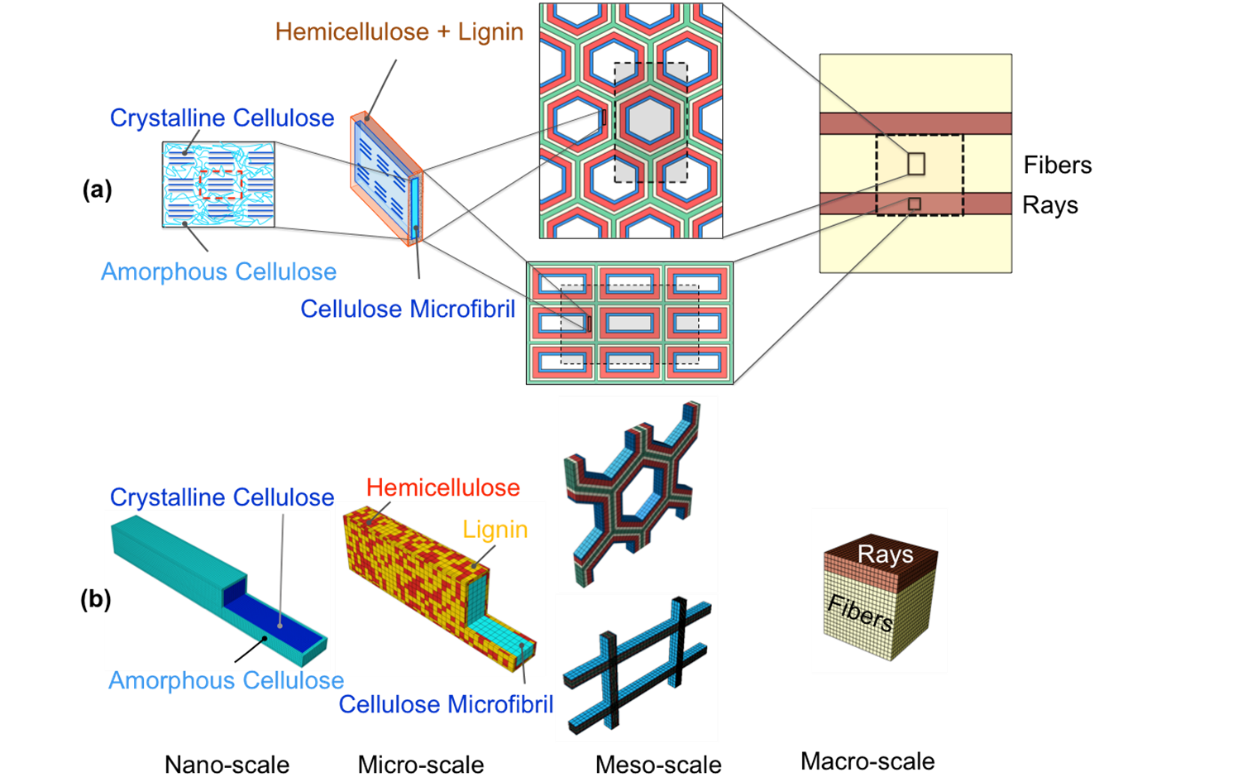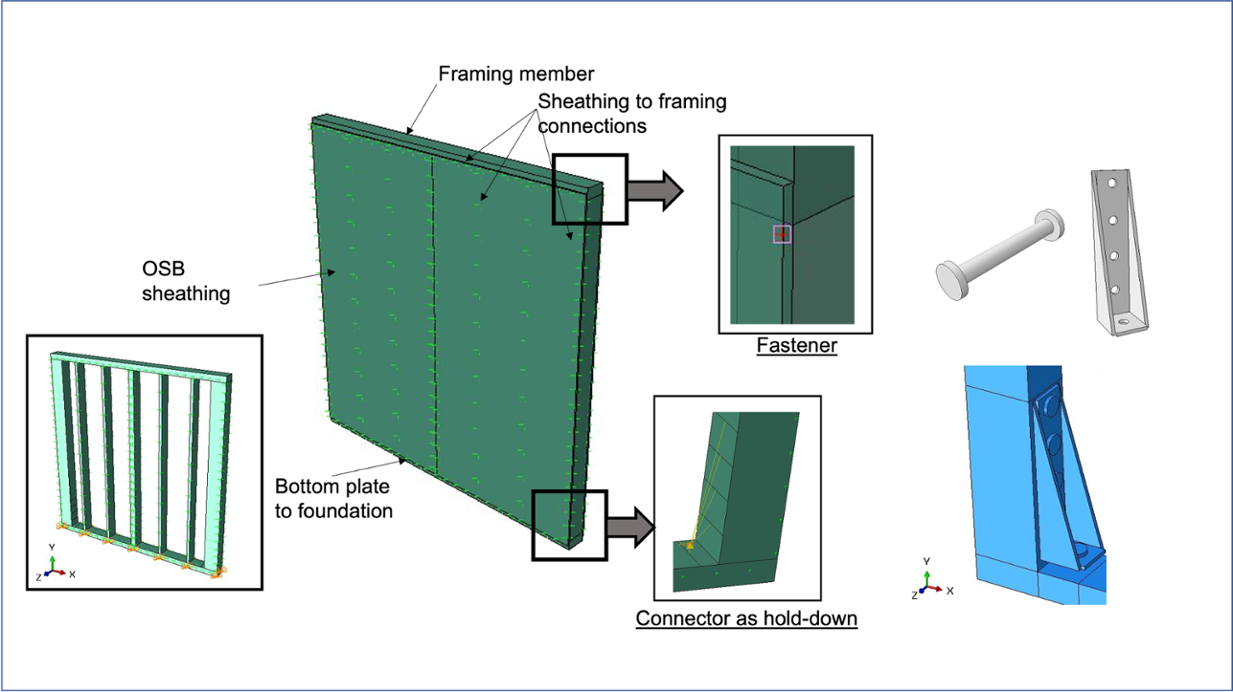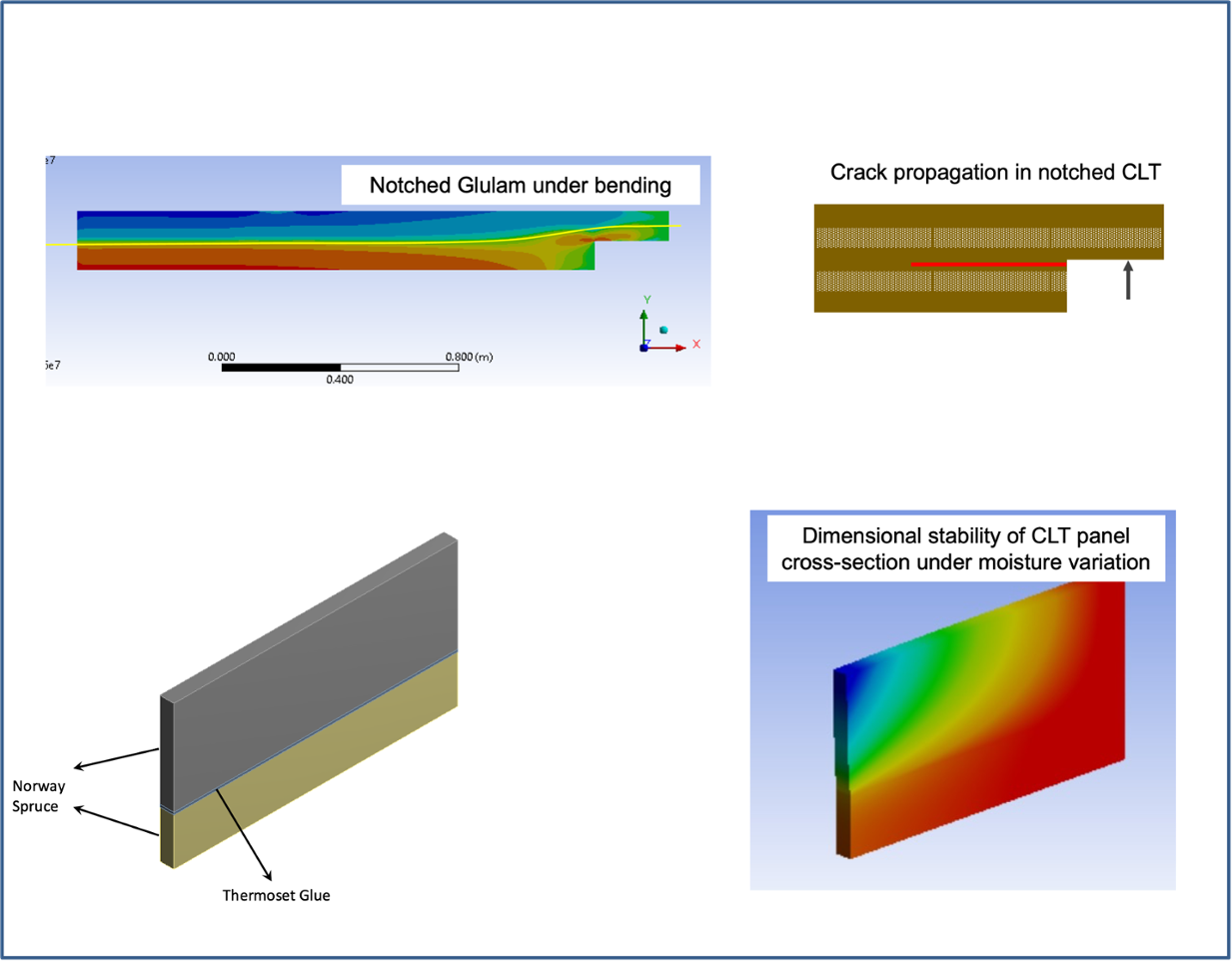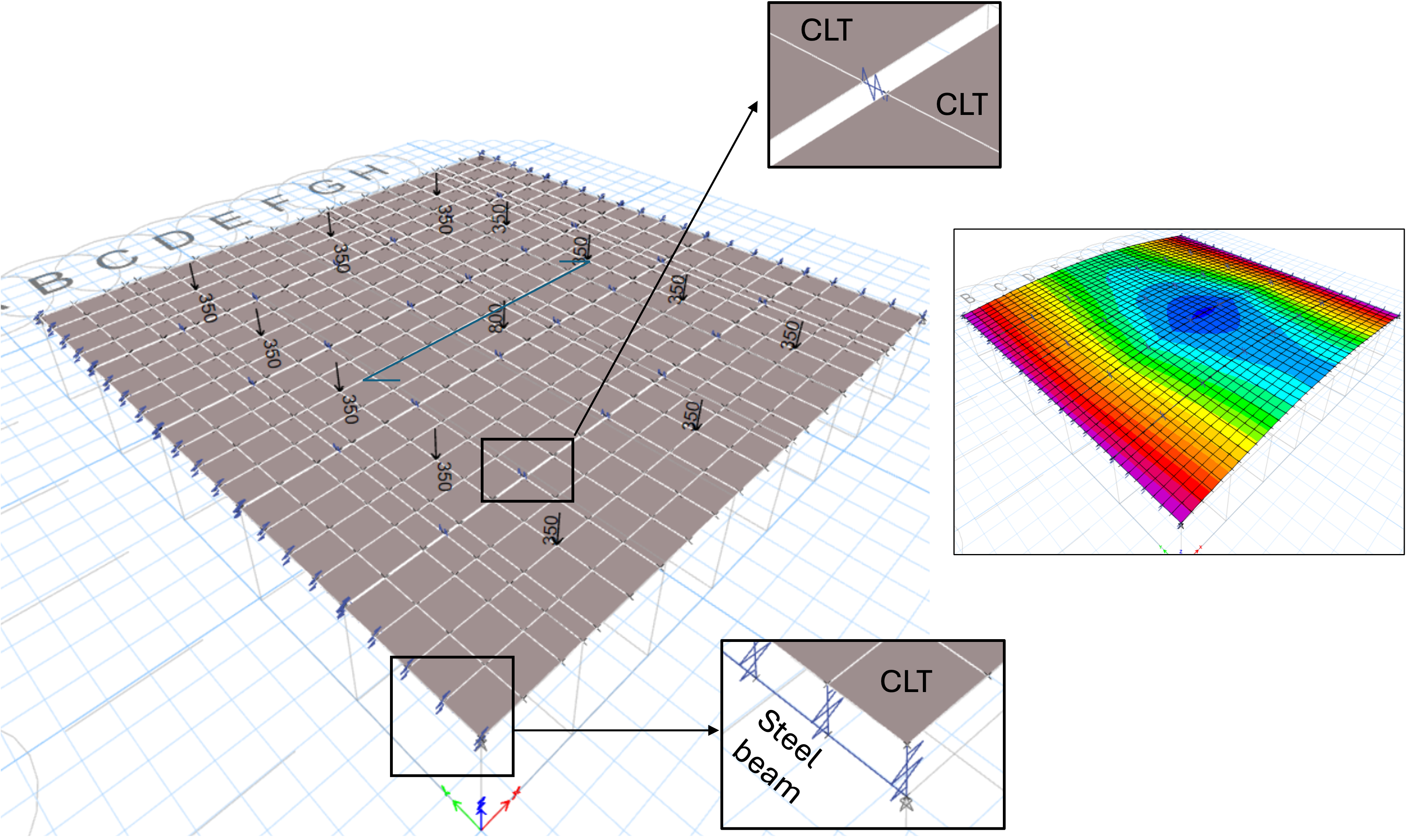Dr. Sardar Malek

Position
Contact
Credentials
BSc (Tehran Polytechnic), MSc (UBC), PhD (UBC), P. Eng.
Area of expertise
Computational mechanics, Composite materials, Viscoelasticity, Mass Timber Products, Bio-inspired structures, Codes and Standards
Education
- PhD, Civil Engineering, University of British Columbia (2010-2014)
- MASc, Mechanical Engineering (Themofluids), University of British Columbia (2007-2009)
- BSc, Mechanical Engineering (Solid mechanics), Tehran Polytechnic (2007)
Professional Experience
- Associate Professor, Department of Civil Engineering, University of Victoria, Canada (2024 – Present)
- Assistant Professor, Department of Civil Engineering, University of Victoria, Canada (2020 – 2024)
- Lecturer (Assistant Professor), Department of Civil and Environmental Engineering, University of Technology Sydney, Australia (2017-2020)
- FEA Structural Analyst, Ballard Power Systems, Canada (2016-2017)
- Postdoctoral Associate, Department of Materials Science and Engineering, Massachusetts Institute of Technology, USA (2014 ‒ 2016)
Research
My research has focused primarily on developing “efficient” computational multi-scale methodologies for simulating and understanding the structural response of sustainable composites (e.g. mass timber composite products) subjected to dynamic loads such as human-induced vibration and strong earthquakes.
One of my main research directions is to investigate the mechanical behaviour of natural composites such as wood and bamboo at multiple length scales; i.e. from nano- to macro-scale (structure). As I have shown in my research, the improved understanding of these renewable materials could lead to: (i) development of sustainable panel products for the next generation of green buildings and (ii) design bio-inspired composites for lightweight applications in the automotive, aerospace, building, marine, and wind energy industry.




Considering the wide range of bio-inspired composites that could be fabricated with advanced manufacturing technologies, I specifically use machine learning techniques and additive manufacturing technologies to design and 3D print multi-functional cellular composites inspired by nature.
Teaching
- CIVE 242 Dynamics
- CIVE 422/522 Finite Element Method
- CIVE 480C/580 Composite Structures
Teaching Philosophy
I am trained in three different engineering disciplines (Mechanical, Civil and Materials Engineering) and have been exposed to different learning environments and cultures in Australia, Canada, France, Iran, and the USA. This experience has given me a very broad perspective on training philosophies and training plans. I strongly believe that training and supervision methods should be developed based on the learners’ background, and acknowledge the fact that each student may have a different background and learning curve.
Selected Publications
- Goodarzi A., Malek S., Tannert, T. (2024). Experimental investigation of the shear resistance of CLT panels with unreinforced and reinforced end notches, ASCE Materials in Civil Engineering, DOI: 10.1061/JMCEE7.MTENG-18786.
- Hassani, F., Javanbakht, Z., Malek S. (2024). Large deformation behavior and energy absorption of rotating square auxetics, Composites Part B: Engineering, 111596, https://doi.org/10.1016/j.compositesb.2024.111596.
- Cheraghi-Shirazi, N., Crews, K., Malek S. (2022). Review of Vibration Assessment Methods for Steel-Timber Composite Floors, Buildings 12 (12), 2061.
- Chiniforush, A., Ataei, A., Valipour, HR, Ngo, TD, Malek S. (2022). Dimensional stability and moisture-induced strains in spruce cross-laminated timber (CLT) under sorption/desorption isotherms. Construction and Building Materials, 56, 129252.
- Estrellaa, X., Guindosa, P., Almazána, J. L., and Malek, S. (2020) Efficient nonlinear modelling of strong wood frame shear walls for mid-rise timber buildings. Engineering Structures, 215:110670.
- Shakor, P., Nejadi, S., Gavin, P., Malek, S. (2019). Review of emerging additive manufacturing technologies in 3D printing of cementitious materials in the construction industry. Frontiers in Built Environment, 4: 58.
- Malek, S., Zobeiry, N., Dai, C., and Vaziri, R. (2019). Strain-softening response and failure prediction in notched oriented strand board. Journal of Materials in Civil Engineering, 31(6), 04019094.
- Malek, S., Raney, J. R., Lewis, J. A., and Gibson, L. J. (2017). Lightweight 3D cellular composites inspired by balsa. Bioinspiration & biomimetics, 12(2), 026014.
- Malek, S., and Gibson, L. (2015). Effective elastic properties of periodic hexagonal honeycombs. Mechanics of Materials, 91, 226-240.
Recruitment
Currently, I am looking for motivated postdoctoral researchers with strong background in solid mechanics and extensive experience with finite element modelling. Applications are welcomed from candidates with a PhD degree in civil, materials, polymer, and mechanical engineering as well as those in computer science. Funding top-ups may be available to candidates who receive external research scholarships such as NSERC, Mitacs, or any government scholarships.
Candidates are required to provide the followings via email (in a single PDF file):
- a detailed curriculum vitae (CV) that includes a publications list;
- previous undergraduate and graduate degree transcripts;
- a one-page statement of research in relation to my research;
- publication samples (up to two if available).
